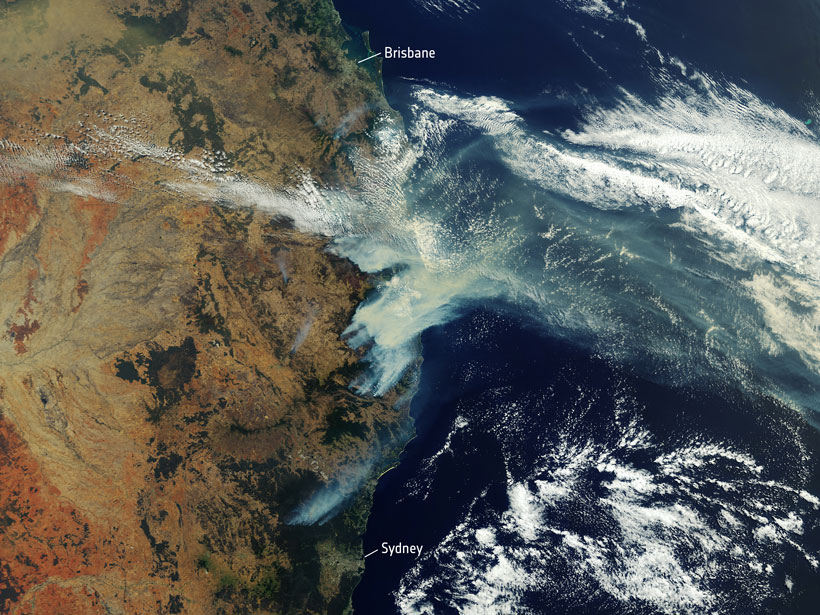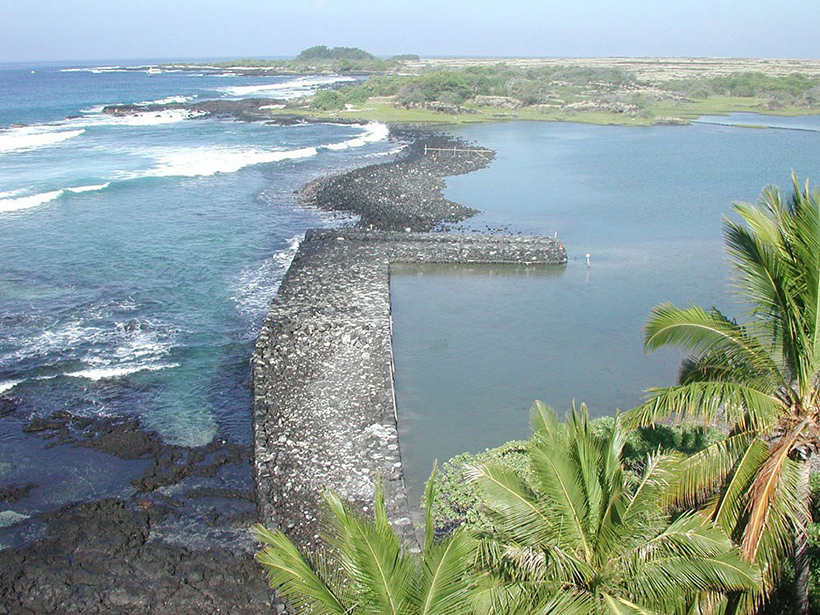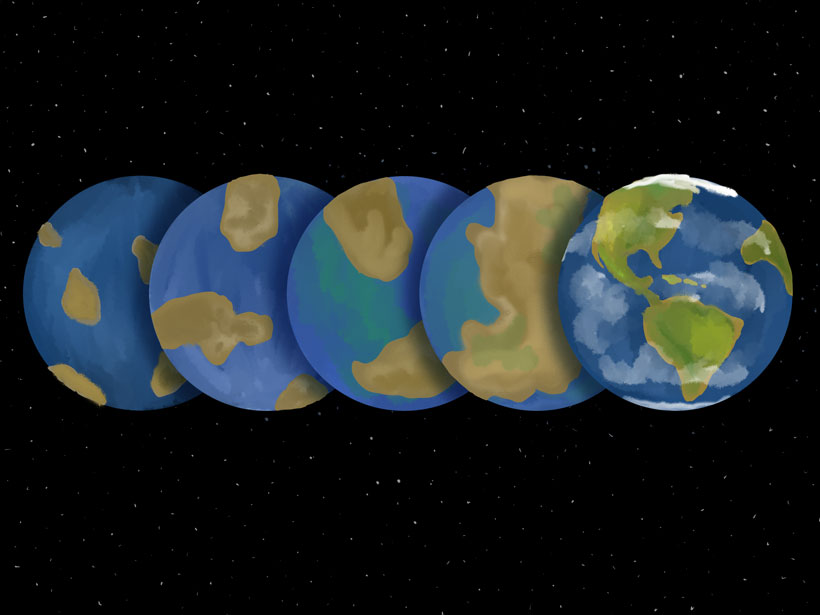Lab experiments of fluidized granular flows entering the water shed light on the dynamics of tsunami generation by fast-moving, pyroclastic density currents at volcanic islands or coastal volcanoes.
Modeling
Eruption and Emissions Take Credit for Ocean Carbon Sink Changes
A new model explains why the ocean’s capacity to take up carbon was reduced on a decadal scale, by accounting for reduced pCO2 emissions and ocean state changes due to the eruption of Mt. Pinatubo.
The Long-Lasting Legacy of Deep-Sea Mining
New research reveals a deep-sea mining experiment that took place 26 years ago still has significant and persistent impacts on benthic life.
From Blowing Wind to Running Water: Unifying Sediment Transport
Laboratory experiments and grain-scale computer simulations during the past decade have led to a more universal understanding of flow-driven sediment transport across flows in oil, water, and air.
How Much Modification Can Earth’s Water Cycle Handle?
The planetary boundaries framework defines how much human disturbance various Earth system processes can take, but it may not adequately depict the water cycle or the extent to which we’ve altered it.
A Revised View of Australia’s Future Climate
The most recent generation of models of the Coupled Model Intercomparison Project better captures rainfall drivers, extreme heat events, and other facets of regional climate.
Una Guerra Nuclear Podría Generar un “Niño Nuclear”
Una sacudida al sistema climático provista por una guerra nuclear podría provocar un fenómeno de el Niño como nunca habíamos visto.
Groundwater Is the “Hidden Connection” Between Land and Sea
The importance of fresh groundwater to coastal ecosystems is revealed using the first computer model at a global scale.
How Fast Did an Ancient Martian Delta Form?
Terrestrial meander migration rates are used to estimate a formation timescale of decades for Jezero delta on Mars.
Looking Back at Our Pale Blue Dot
Astronomers model changes in Earth’s chemical signature over the past 4 billion years to improve the search for Earth-like exoplanets.










